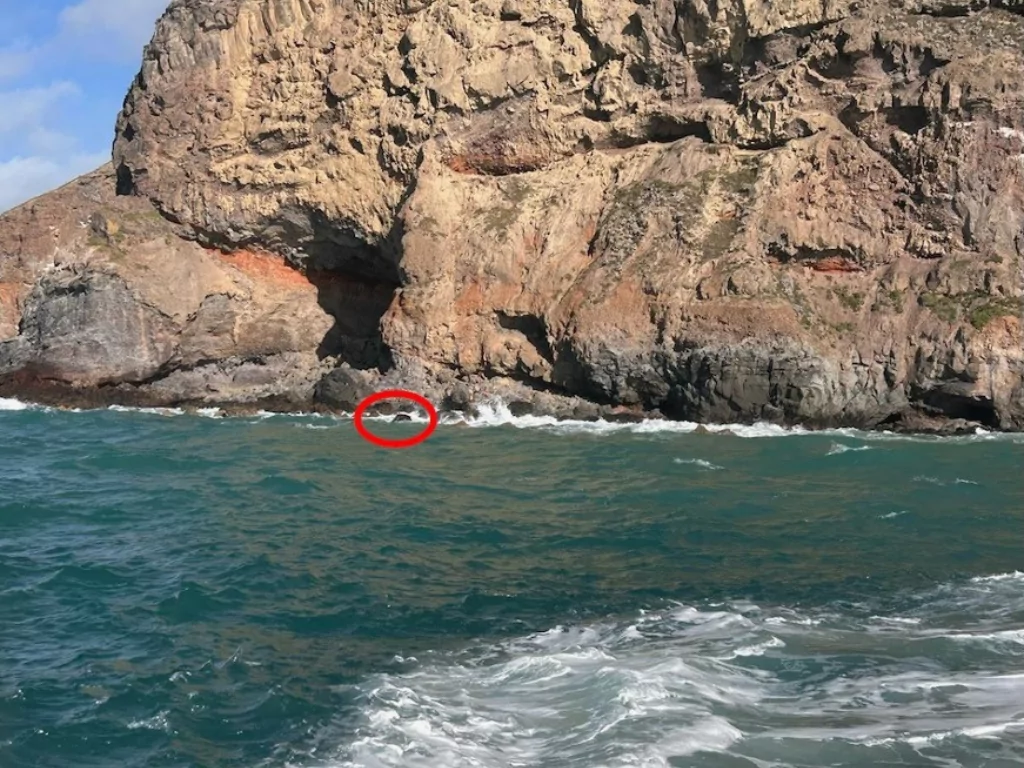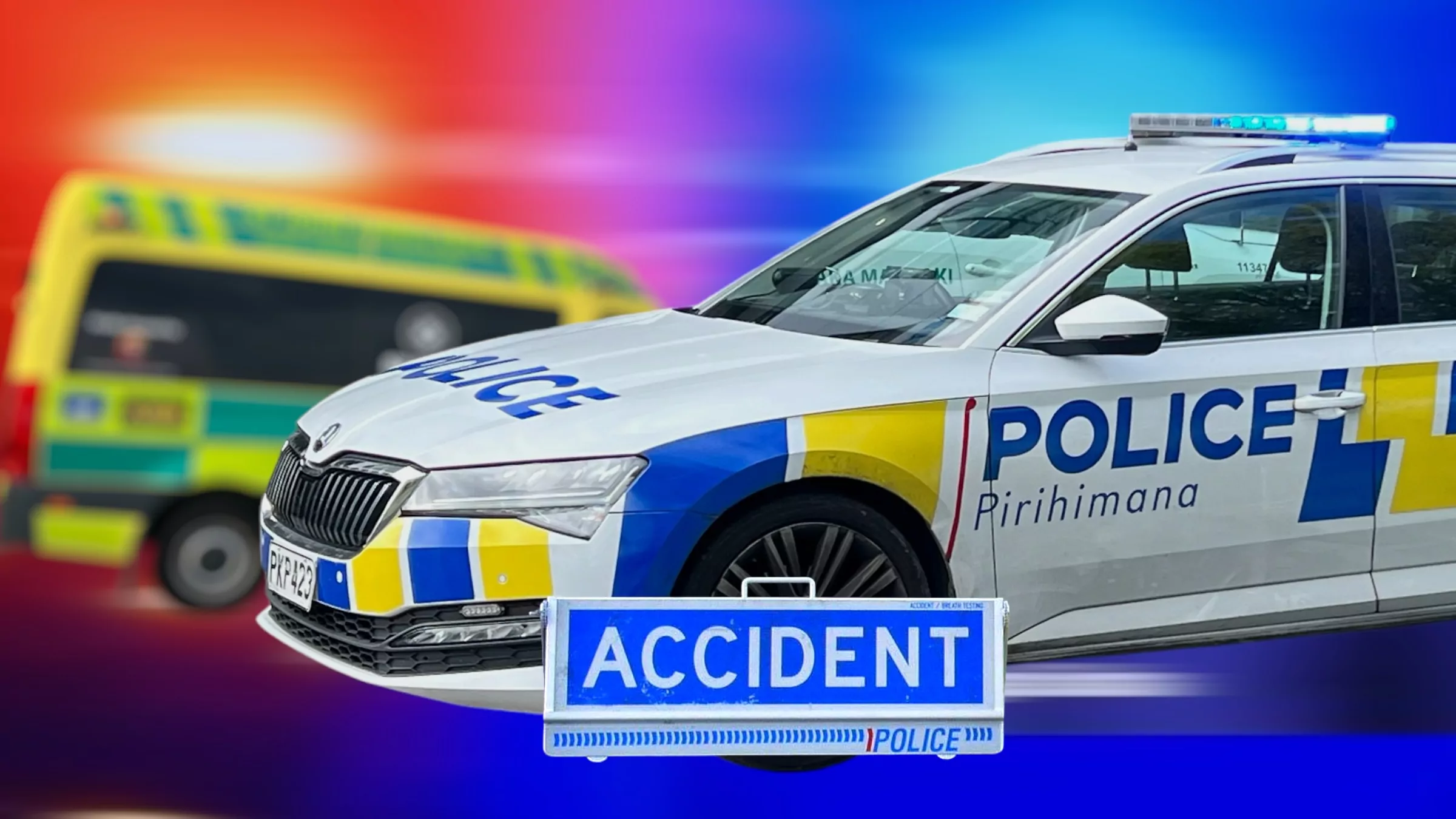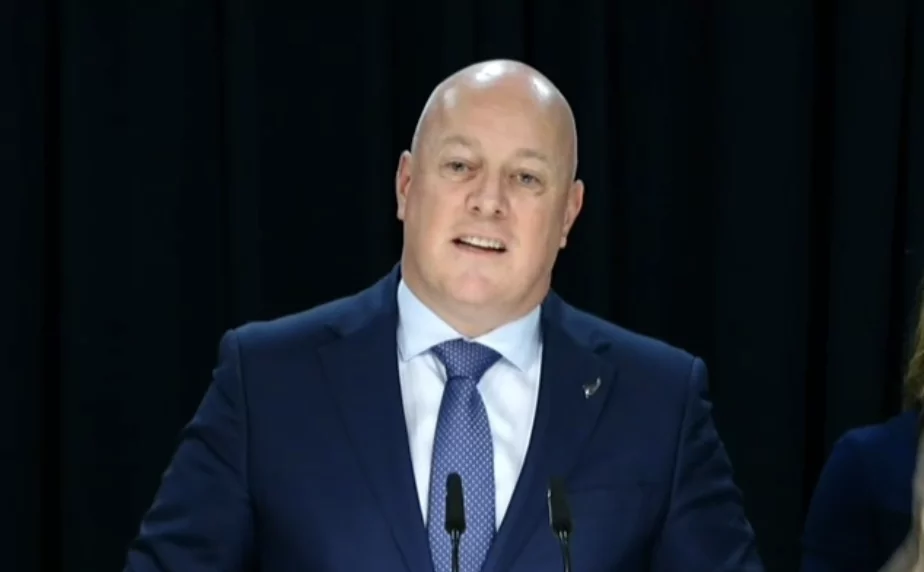Greenpeace is calling for urgent action after nearly one in five bore water samples tested in the Ashburton District exceeded nitrate levels linked to serious health risks, including blue baby syndrome.
At a water testing event held at Ashburton Town Hall in early April, Greenpeace found that two samples were more than double the nitrate limit currently permitted in drinking water — a standard originally set in the 1950s to prevent blue baby syndrome in infants.
In total, 27 samples were taken from the Ashburton town supply, with an average nitrate level of 2.06 mg/L.
Greenpeace spokesperson Will Appelbe said, “Environment Canterbury has a responsibility to protect Cantabrians, and they are failing in their duty by allowing drinking water contamination to exceed the Government’s maximum standards for nitrate contamination.”
Almost half of the bore water samples tested at the event recorded nitrate levels above 5 mg/L — a threshold linked to an increased risk of preterm birth. The New Zealand College of Midwives recommends pregnant people avoid drinking water above this level. One sample from the Hinds town supply tested at 6.55 mg/L.
“It’s unacceptable that these communities have such high levels of nitrate in their drinking water, and it’s particularly concerning for pregnant people and small babies, whose health could be at risk,” Appelbe said.
“Everybody, no matter where they live, should be able to drink the water from their kitchen tap without worrying about getting sick. This is a present and looming public health crisis for Mid Canterbury.”
Appelbe also referenced broader health concerns, pointing to research linking nitrate levels above 0.87 mg/L with an increased risk of bowel cancer. “Safe drinking water is a fundamental necessity for life, and it’s alarming that rural communities are dealing with such dangerously high levels of nitrate contamination in their water.”
Greenpeace blames intensive dairying for the contamination. “Intensive dairying is the main source of nitrate pollution in Canterbury — with nitrate from dairy cattle urine and synthetic nitrogen fertiliser leaching into drinking water supplies. The solution is clear — we need a phase-out of synthetic nitrogen fertilisers and to transition to more sustainable forms of agriculture that don’t pollute the lakes, rivers and aquifers,” said Appelbe.
“Environment Canterbury must take action. Local body elections are approaching later this year, and people in the Ashburton District are ready to demand their elected representatives take action to address this drinking water crisis,” he added.
Environment Canterbury responds
In response, Environment Canterbury Science Director Dr Tim Davie said the regional council had been in contact with Greenpeace and was aware of their recent testing events in Methven and Ashburton.
“We provided them with Environment Canterbury brochures on protecting private drinking water sources and onsite wastewater systems to have available for people at these and previous testing events they’ve carried out,” said Dr Davie.
While the council had not seen the exact test results, Dr Davie said the findings in Greenpeace’s press release aligned with Environment Canterbury’s own data. “What is shown in the press release confirms our findings — for example, in our latest groundwater quality survey — that nitrate in groundwater is a significant issue in the Ashburton District. This is why we have developed plans, with policies and rules to reduce the amount of nitrate leached into our groundwater.”
He said the council’s role was both to monitor water quality in Canterbury’s lakes, rivers, and groundwater, and to regulate land use practices that affect it. “Elevated nitrate concentrations in freshwater sources can affect ecosystem health and drinking water quality, so nitrate is one of the key contaminants we monitor in Canterbury’s water.”
Dr Davie said Environment Canterbury imposes stricter land use controls around community drinking water sources, and the council’s Land and Water Regional Plan sets limits on activities to protect water quality. “Where intended land use activity is unable to be carried out within these limits, landowners require resource consent. When granted, resource consents come with conditions to ensure the activity is carried out in such a way that it mitigates any potential risks. Our compliance monitoring and enforcement programme exists to ensure consent conditions are being met.”
He added that while Environment Canterbury regulates land use and water quality, maintaining reticulated drinking water is the responsibility of local councils. “People who source their drinking water privately are responsible for ensuring that their own water source is protected.”
Taumata Arowai, New Zealand’s water services regulator, has set a safe nitrate limit of 11.3 mg/L. Dr Davie said the regional council supports further research into the health effects of nitrate in drinking water but relies on national health authorities for setting safety standards.
“We support calls for more research on any possible links between nitrate concentrations and human health, however, as a regulator, we follow the lead from national health authorities on determining safe limits of contaminants in drinking water, and any questions regarding human health should be directed to health authorities.”









